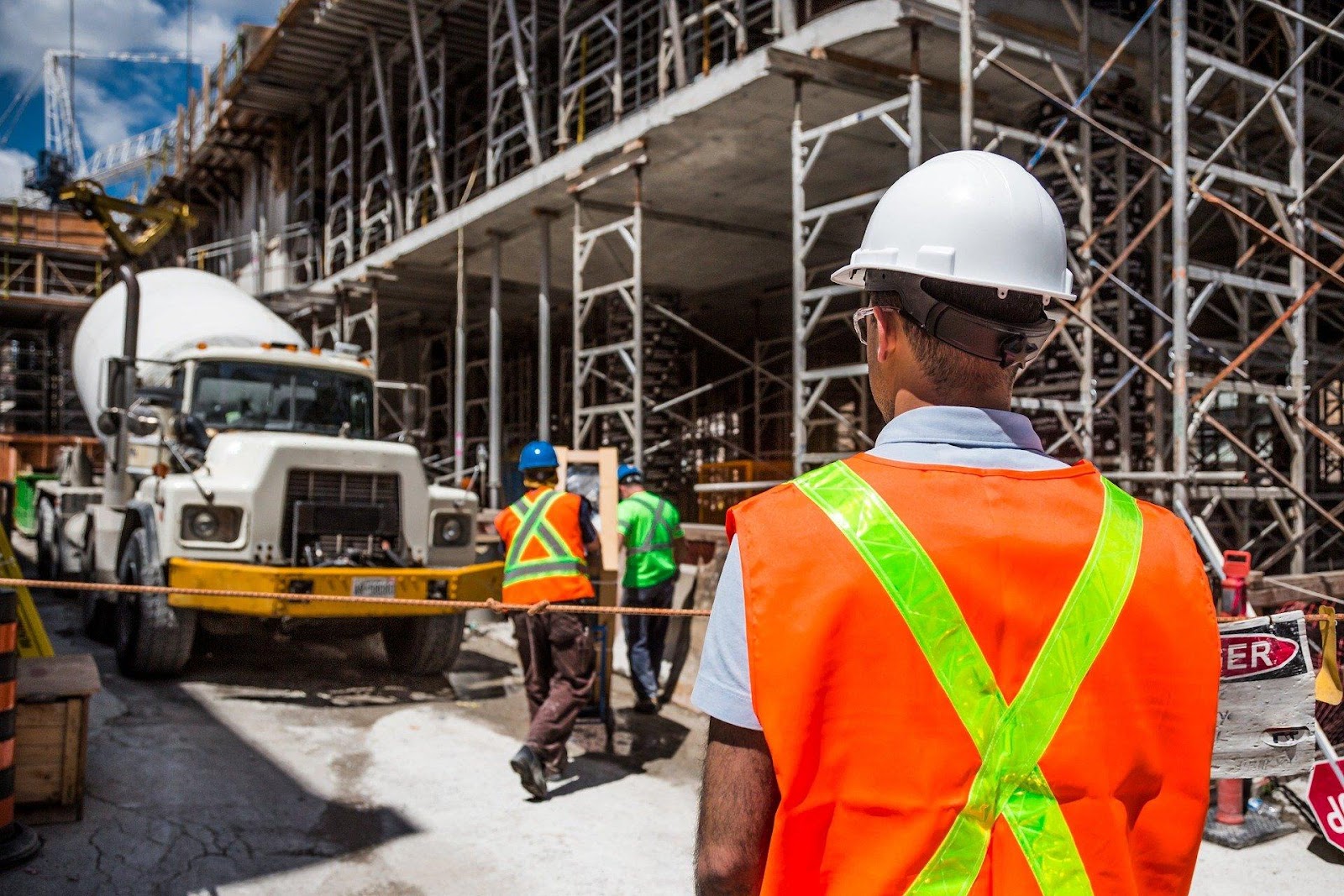The construction industry is a dangerous one. Every construction mission is distinct and offers a unique set of opportunities and issues. With meticulous instruction and execution, figuring out and controlling the risks related to creation tasks can be tough however, it is no longer impossible. Construction site security is essential because whilst a threat materializes, it has the potential to break and derail a challenge. Once hazards have been observed, you should be capable of effectively examining, controlling, and tracking them a good way to save you from disaster.
Temporary site CCTV gives dependable surveillance for occurrences, and construction sites, with temporary locations, ensure protection and tranquility of mind. Risks aren’t inherently bad. Effective risk identification and management can result in higher earnings, more projects due to positive client relationships, and the ability to grow your company into new markets and industries.
Construction Risk Types
Understanding the many kinds of hazards that are present in construction projects is essential for effective risk management. These might be brought on by internal or external factors and include financial, contractual, operational, and even environmental issues.
Typical dangers consist of:
- Risks to worker safety that result in mishaps and injuries
- Taking care of change orders
- Unfinished designs and a vague scope
- Unknown location circumstances
- Contracts that are poorly written
- Unexpected material cost rises
- Lack of workers
- Tools and equipment damage or theft
- Natural catastrophes
- Problems with suppliers and subcontractors
- The accessibility of construction materials
- Ineffective project management
Electrical Risks
There are several places on a building site where electrocution is a possibility. Uncontrolled sources of electricity, machinery with exposed wiring, and unregistered high-voltage zones can all cause fatalities or major injuries. Of all industries, the construction sector had the largest number of electrical fatalities (849), from 2003 to 2010. Priorities electrical safety and communicate clearly to reduce these dangers.
- Recognize and alert people about electrical hazards: Any possible sources of electromagnetic danger should be prominently marked with electrical hazard warning signs.
- Manage and separate energy sources: To guarantee ensuring electrical equipment is de-energized prior to any repair or maintenance work, implement a strong lockout tag-out program.
- Assure thorough electrical identification: Circuits, panels, and equipment that are appropriately labelled with electrical labels not only improve safety by offering vital information about voltage and possible hazards, but they also make servicing and fixing problems easier.
Excavations
On construction sites, excavations frequently see incidents like unsupported excavations collapsing while personnel are inside. The following safety precautions must be taken to lessen the possibility of workers falling into excavations and to stop excavations from collapsing.
- Avoid working in an unattended excavation at all costs.
- Make sure that the excavation is completely secure and stabilized.
- Examine the excavation regularly both before and during an excavation shift.
- Before entering an excavation, make sure the edge protection is completely intact.
- Always keep a distance that is secure from any deep excavation’s edge.
How To Prevent Risks In The Building Sector
A proactive strategy for identifying, evaluating, and mitigating possible hazards is necessary to provide a safe building site. Let’s examine three methods for preventing risks in the building sector.
Appropriate EHS Administration
The foundation of a safe building site is efficient EHS management. To reduce or eliminate risks, this entails methodically identifying hazards, doing risk assessments, and putting controls in place. Frequent site inspections, hazardous communication, and thorough safety procedures all help to create a culture of safety in which everyone shares accountability for seeing and resolving possible risks.
Construction Training OSHA 10
To provide them with the necessary industry and safety information, OSHA mandates that all construction workers finish OSHA 10 Construction training. The OSHA 10 (or OSHA 30) course of instruction offers a thorough rundown of the risks and security procedures unique to the business. It equips employees to identify and steer clear of any hazards on the job by covering subjects including electrical safety, fall prevention, and personal protection equipment (PPE).
Methods to Lower Risks and Boost Security
Several measures should be put in place to lower site dangers and enhance worker safety. Employees must be trained and made aware of the risks involved in their jobs, in addition to being required to wear protective gear while working. In a similar vein, they need to designate a site manager who can effectively oversee the group. To reduce workplace accidents, this entails making sure safety guidelines are applied correctly.
Power
According to experts, there are 1,000 workplace electrical incidents annually. Contact with electrical apparatus and overhead or subterranean power cables causes the majority of these incidents.
Service strikes are frequent in the field of civil engineering. When excavation is done without thoroughly inspecting the surrounding soil for current electrical wiring, strikes occur. As a result, problems can be readily prevented by monitoring an area with devices like CAT and Genny scanners in order to anticipate possible services and stop service strikes.
Final Words
High levels of working together and communicating with all stakeholders are necessary for effective construction risk management. By keeping everyone in agreement and cooperating, you may recognize and control hazards before they become issues. Keep in mind that, with proper management, risks can yield significant rewards.
